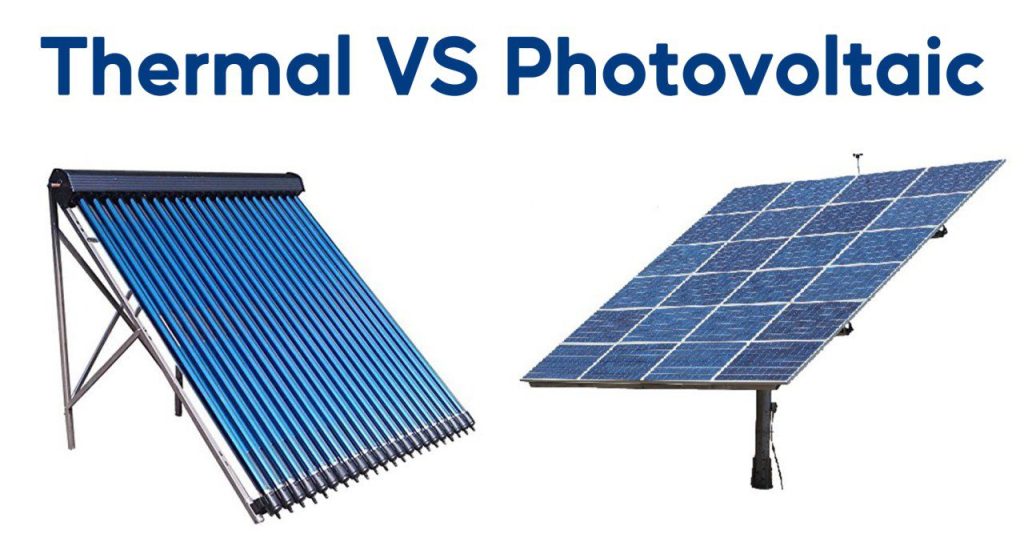
The renewable energy market has recently shifted from a growing industry slowly gaining traction into a mature full-blown industry standing […]
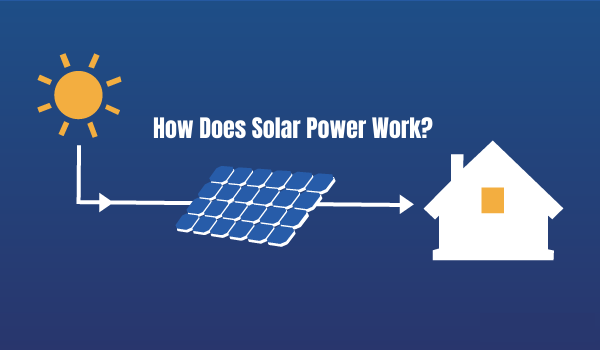
Explore the fundamentals of solar energy, including how photovoltaic cells convert sunlight into electricity. Dive into the science behind solar panels and discover how solar energy works.
Solar energy is the radiant energy emitted by the Sun, which can be converted into usable energy. It can either be transformed into electricity or can be directly utilized as heat.
Electromagnetic radiation—with its multiple components of visible, ultraviolet, and infrared wavelengths — are all released by the Sun, and solar energy devices harness this radiation and transform it to usable energy.
Solar Power Made Affordable: Government Rebates, Zero Upfront Fees. Embrace a brighter future with solar power.
Solar panels, also called photovoltaic (PV) panels, generate electricity by means of the photovoltaic effect. Below is a step-by-step explanation of how solar panel work:
Solar cells, usually silicon, absorb sunlight into the solar panels. The semiconductor material inside the panels absorbs photons from sunshine.
Electron Excitation:
Absorbing photons excites the semiconductor atom electrons. Once the electrons are excited, they break free from the atoms and create an electric current.
Solar cells generate electric fields which direct the electrons.
This flow of electrons allows the solar cells to generate DC electricity. The solar panels generate electricity by connecting several cells in series.
Conversion to AC
Solar panels generate DC electricity. An inverter converts DC electricity into AC type electricity that can be used for most residential appliances and grid connections.
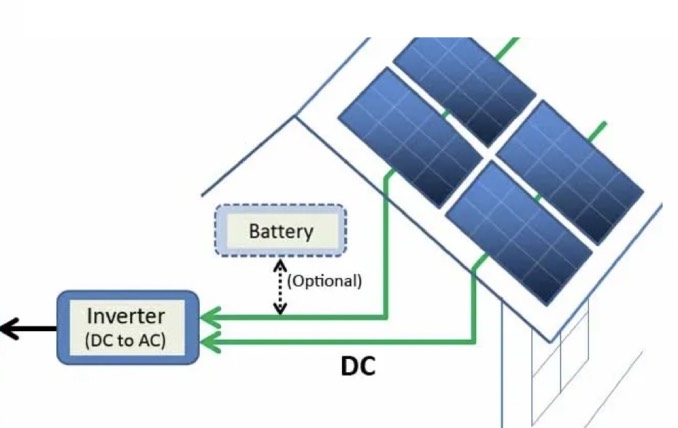
Use and Storage
AC electricity powers homes, businesses, and electrical devices.

>> Also read; 11 Statistics You Should Know About Solar Energy This 2023
Solar cells, also known as photovoltaic cells, are the building blocks of solar panels. They are semiconductor devices that convert sunlight directly into electricity via the photovoltaic effect.
When sunlight strikes a solar cell, it generates an electric current by releasing electrons from atoms in the cell’s material.
The semiconductor material, which is usually silicon, allows the solar cells to turn sunlight into electricity.
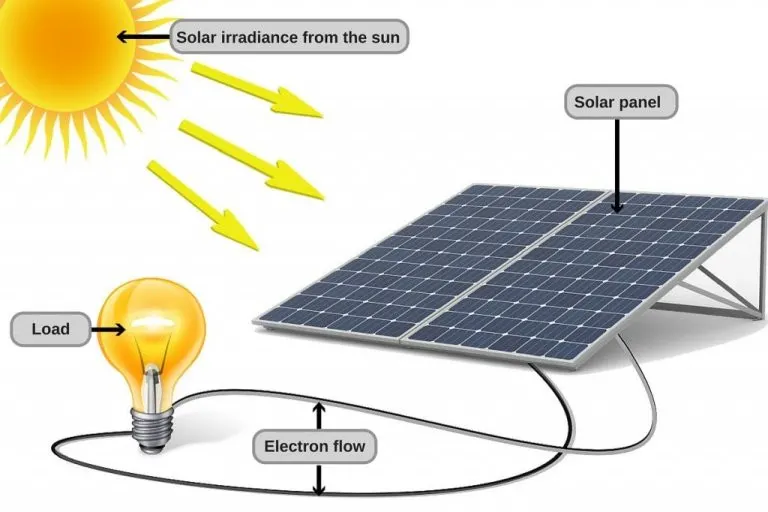
Sunshine Absorption: A solar cell’s semiconductor material absorbs photons from sunshine. These photons transfer energy to the electrons in the material’s atoms.
Electron Excitation: This absorbed energy excites electrons, and frees them from atomic bonds, making them mobile. This creates electron-hole pairs with negative electrons and positively charged holes.
Electric Field Formation: The junction between layers or built-in electric field creates an electric field inside the solar cell.
This electric field separates electron-hole couples, sending negatively charged electrons to the N-type (negative) side of the solar cell and positively charged holes to the P-type (positive).
Electron Flow and Current Generation: The solar cell’s divided electrons can freely flow through an external circuit to generate an electric current. Electrons that travel from the negative pole of the solar cell to its positive power can power devices or can be stored.
Circuit Completion: Electrons return via the external circuit to the positive side of the solar cell, completing the electric circuit. As long as there is sunshine, this electron movement keeps generating power.
Solar cells are semi-conductor devices which use sunlight to produce electricity.
Solar cell efficiency is vital to converting sunlight into power. Higher efficiency converts a higher percentage of sunlight into electricity. Material qualities, cell design, and manufacturing procedures all affect solar cell efficiency.
Solar cell efficiency is being continuously improved to make further benefit from this clean, renewable energy source.
Solar cells turn sunlight into electricity using different materials and methods. Common types include:
a) Crystalline silicon (c-Si) Solar Cells:
Most solar cells use crystalline silicon technology. There are two types of c-Si cells:
➜ Monocrystalline Silicon (mono-Si) Solar Cells: These cells have a single crystal structure and high-purity silicon material. Monocrystalline cells have rounded edges and a homogeneous appearance and have a good solar cell efficiency.
➜ Polycrystalline Silicon Solar Cells: Poly-Si cells use lower-purity silicon that is made of numerous silicon crystals. They’re blue-speckled. They are cheaper than monocrystalline cells and are typically less efficient.
b) Thin-Film Solar Cells:
Semiconducting layers are deposited on a substrate to make thin-film solar cells. They offer a high degree of flexibility and decrease manufacturing costs. Different types of thin-film solar cells include:
Amorphous Silicon (a-Si) Solar Cells: These non-crystalline silicon cells that are flexible and adaptable. They operate better in low-light than crystalline silicon cells but have a lower efficiency.
CdTe solar cells employ a thin sheet of cadmium telluride as the semiconductor. Their low manufacturing costs and high absorption make them commercially competitive.
Copper Indium Gallium Selenide (CIGS) Solar Cells: The absorber is a thin layer of copper, indium, gallium, and selenide. They’re versatile, efficient, and low-light.
Multijunction Solar Cells absorb distinct sun spectrum wavelengths. These cells can maximize the solar efficiency by capturing more sunlight and are most frequently used in space exploration and concentrated photovoltaic systems.
Emerging Technologies:
Several promising solar cell technologies are being developed or commercialized:
Perovskite solar cells use a unique crystal structure called perovskite. They have positively tested for increased efficiency, while at the same time maintaining low manufacturing costs, and are therefore attracting extensive research and development.
Organic solar cells use polymers as active layers. Flexibility, lightweight, and low-cost manufacturing are some of their advantages, however, their efficiency is lower than that of other technologies.
Solar power systems need inverters to convert DC electricity produced from the solar panels into AC electricity. Most homes, businesses, and the power grid operate on AC power.
An inverter uses advanced electronics to convert solar panel-generated DC electricity into AC electricity that feeds electrical appliances and grid voltage and frequency requirements. Most electrical gadgets use AC power, so this conversion is necessary.
Batteries are generally optional features for energy-storage solar power systems. They store additional unused electricity for use at night or on cloudy days.
For off-grid or isolated areas without access to the electrical grid, batteries are essential for ensuring a consistent and continuous power supply.
Batteries can be used when the demand for electricity exceeds the production from the solar panels, especially during power disruptions and outages. Batteries connected to the solar power system charge during peak solar energy output and discharge when needed.
They can power electrical gadgets, lighting, and appliances during periods with no-sunlight.
Solar power systems require charge controllers to regulate battery charging. These controllers prevent overcharging and deep draining, which shorten the battery life.
Charge controllers modify the charging current based on the battery charge.
They regulate the flow of electricity from the solar panels to the batteries, limiting overcharging when batteries are fully charged and minimizing discharge when battery capacity is low.
Charge controllers also prevent reverse current flow from the batteries into the solar panels at night or in low light.
Monitoring systems track and analyze solar power system performance. They provide statistics and information on real-time energy output, power generation, and system health.
Monitoring systems include energy metres, data loggers, and displays.
Solar panels, inverters, batteries, and charge controllers provide data which is processed and displayed in user-friendly interfaces to allow system owners to measure energy production, discover issues, optimize system performance, and make energy usage and efficiency decisions.
Remote monitoring allows solar system owners to obtain data and performance measures via web portals or mobile apps.
This facilitates and streamlines system maintenance, troubleshooting, and solar energy optimization.
Solar thermal collectors turn sunlight into heat. These collectors are mostly used for heating water. Solar collectors are available in two options:
Flat Plate collectors:

Flat plate collectors have a glass cover over a dark, flat surface. The collector surface absorbs sunlight and transfers heat to a fluid (typically water or a heat-transfer fluid) running through pipes or channels. The heated fluid can be used for room heating, water heating, or stored.
Evacuated Tube Collectors:
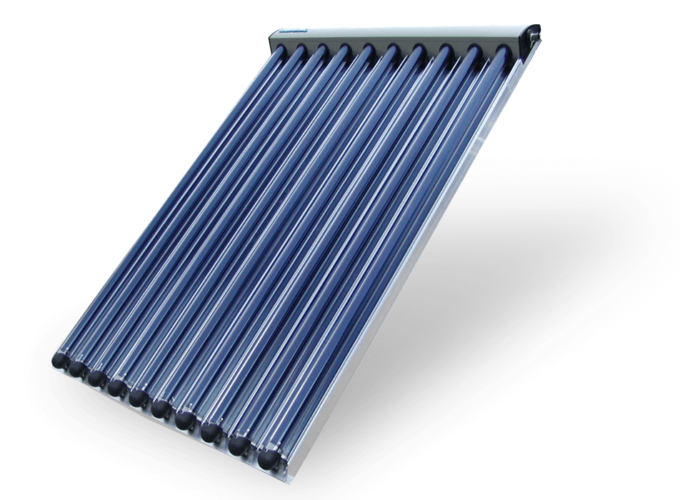
Evacuated tube collectors have rows of glass tubes with outer and inner absorber tubes. Vacuuming between the tubes reduces heat loss.
Sunlight crosses the outer tube and heats the inner one. Similar to flat plate collectors, heat is transmitted to a fluid flowing through the tubes and used for various heating applications.
Solar collectors heat water, space, and swimming pools in homes, businesses, and industries. They help make solar thermal energy affordable.
Concentrated Solar Power (CSP) systems use sunlight to heat a specific area or zone in order to generate power.
These systems use large mirrors or lenses to concentrate sunlight onto a receiver, greatly raising the temperature of a working fluid like water or molten salt in order to generate steam. Steam powers a turbine that generates electricity.
Parabolic Troughs:
Parabolic trough systems concentrate sunlight onto a receiving tube at the focal line using parabolic reflectors. The receiver tube heats the working fluid to generate steam and electricity.
Solar power towers, also known as central receiver systems, direct sunlight onto a receiver at the top of a tower using heliostats. Concentrated sunlight heats the working fluid in the receiver, generating electricity.
Dish-Stirling Systems:
Dish-Stirling systems focus sunlight on a receiver at the focal point of a parabolic dish-shaped mirror. A Stirling engine in the receiver generates electricity from heat.
CSP systems can generate large-scale dependable and dispatchable electricity for integration into existing power networks.
Solar water heating systems
Solar water heaters use sunlight to heat water for homes, businesses, and industries. These systems use flat plate or evacuated tube solar collectors to transfer heat from the solar energy to a fluid, commonly water or a heat-transfer fluid.
The heated fluid circulates through a heat exchanger to heat the water and storage tanks store the hot water.
Solar water heaters save money and the environment. Residential buildings, hotels, swimming pools, and other entities that require hot water applications employ them.
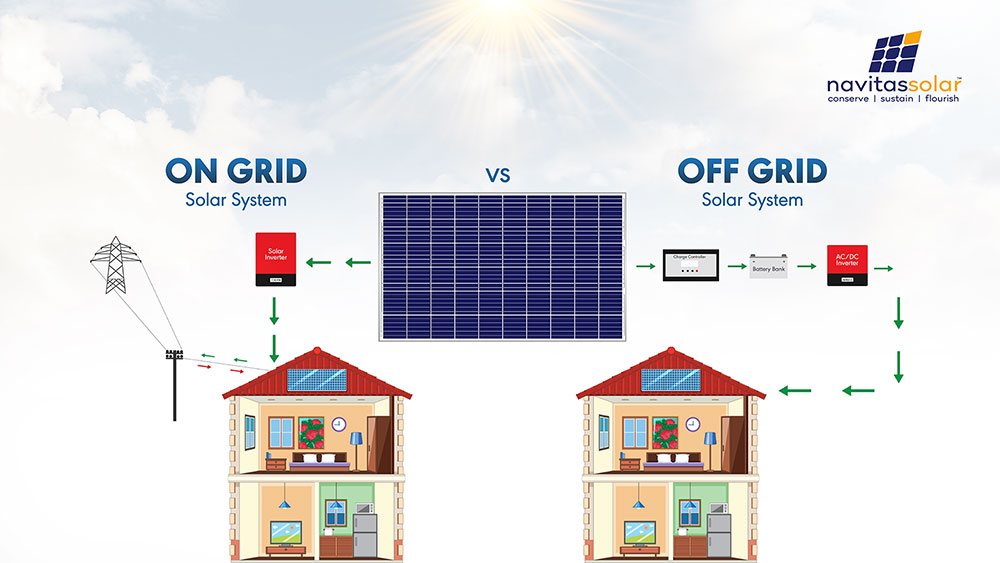
On-grid solar systems are connected to the grid. Solar panels generate electricity to be used to supply loads in spaces and buildings and the excess electricity is fed back into the grid.
On-grid systems draw electricity from the grid when solar generation is low and typically do not store electricity.
Off-grid solar systems are self-contained. Solar panels, energy storage (typically batteries), and backup generators are generally part of a complete system.
Off-grid systems provide electricity in rural or isolated areas that don’t have access to the grid.
Net metering and feed-in tariffs encourage solar energy grid integration:
Net metering: On-grid solar system owners earn credits for excess electricity they feed into the grid, when the solar system supplies power and runs the meter backwards.
The system draws electricity from the grid during the night, using the credited energy. Solar system owners can lower their electricity expenses through net metering.
Feed-in Tariffs: Feed-in tariffs ensure a fixed rate for grid-fed solar electricity. Solar system owners are paid more each kilowatt-hour they produce and feed into the grid under a FiT arrangement.
This financially incentivizes solar system installations and solar energy generation.
Challenges and solutions for solar energy integration
For smooth and efficient operation, solar energy grid integration must address several challenges:
a) The intermittent nature of solar power might affect the grid’s stability and the quality of electricity. Solar generation can also influence grid voltage and frequency.
Advanced grid management systems, energy storage systems, and flexible grid infrastructure help grid operators overcome these problems and preserve the stability of the grid.
b) Grid Infrastructure modifications: Integrating a lot of solar power onto the grid may require infrastructure modifications.
To accommodate renewable energy generation, transmission and distribution lines, transformers, substations, and smart grid technologies must be strengthened.
c) Policy and regulatory frameworks help solar energy grid integration. Governments and regulators must create rules to encourage solar power production, compensate solar system owners fairly, and simplify the grid connection process.
d) Energy Storage: Batteries can support system stability and solar power intermittency. Energy storage devices can increase solar energy grid integration by storing excess solar energy during periods of high generation and releasing it during low generation or high demand.
Solar Solutions at Zero Cost: Government Rebated Installations! Invest in Sunshine with No Upfront Costs.